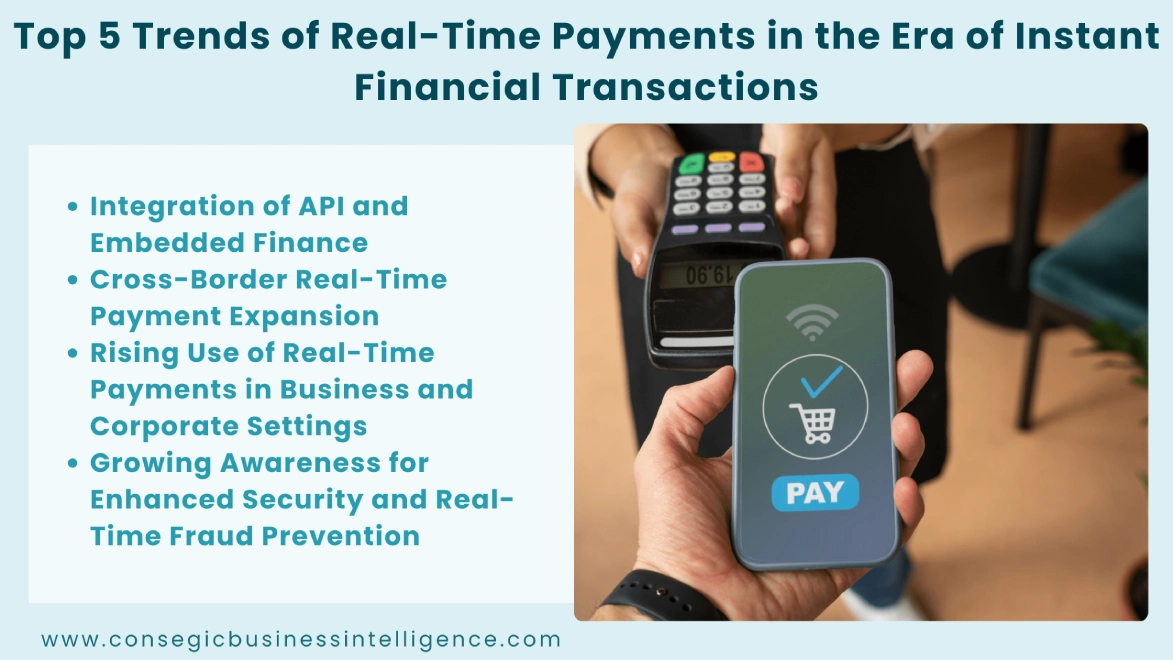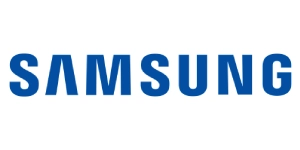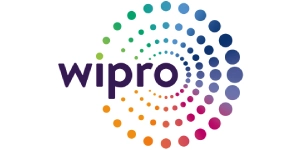Market Guide - Top 5 Trends of Real-Time Payments in the Era of Instant Financial Transactions
Category : BFSI | Published Date : May 2025 | Type : Press Release
The real-time payments market includes different financial systems that allow instant monetary transactions through accounts all the time, throughout the year. With the rise in e-commerce and growing digital expectations, the demand for quick, secure, and easy payment solutions is escalating. From mobile apps and online banking platforms to API-based platforms, real-time payment systems are constantly being integrated throughout all commercial sectors. This system allows a permanent authorization once registered and offers certainty to both the payers and payees. Worldwide markets are increasingly adopting digital payments, like Venmo and Zelle in the United States, UPI in India, SEPA Instant in Europe, and Pix in Brazil, due to the growing adoption trends in e-commerce, fintech industries, and open banking systems, among others. In the era of instant financial transactions, real-time payments play a vital role in standardizing and expanding the worldwide financial ecosystems.

1. Integration of API and Embedded Finance
Real-time payments are experiencing a revolutionary shift due to rising deployment across platforms through application programming interfaces (APIs). E-commerce businesses benefit greatly by integrating payment functionality directly into apps, websites, and platforms for varied consumer experiences. Additionally, embedded finance enables on-demand payments in several industries such as e-commerce, ride-hailing, freelancing, and even healthcare. API integration makes connecting payment systems to banking infrastructures hassle-free, ensuring easy transactions without relying on traditional banking sites. This enables companies to construct embedded financial services, offering instant checkouts, withdrawals, or disbursements. The coming years are shining bright for instant payments as APIs will essentially create intricately personalized, easy, and scalable real-time payment experiences for consumers across all industries.
- Rise In Peer-To-Peer (P2P) and Consumer-Centric Payments
Peer-to-peer (P2P) transactions have driven the trend for frictionless real-time payment advancements. Customers usually need instant transfers between family members, friends, and small holders for various transactions like splitting bills, paying rent, or making small-scale payments. Different platforms like Google Pay, Venmo, and PayNow have incorporated P2P payments in their systems, enabling seamless on-demand settlements without wasting any time. This trend broadly benefits the retail sector, where merchants are offered refunds in real-time, pay-by-link features, and payments through QR code. This enhances customer satisfaction and makes real-time payments an essential part of consumer-centric payments.
2. Cross-Border Real-Time Payment Expansion
The rising trend of payments across the borders has significantly affected the real-time payments market. Traditional methods for international payments take days to process and require extensive fees and intermediaries. However, the rising advancements in global payment networks and bilateral agreements between real-time payment systems are lowering these barriers. Collaborations between payment gateways like the linkage of Singapore’s PayNow with India’s UPI and the EU’s efforts to establish SEPA-wide instant transfers have reduced the gap. Furthermore, many fintech companies are now developing platforms with real-time FX conversions and compliance features to enable instant international transactions. Therefore, with the growing international trade and remote work, real-time settlements globally will be significant for future financial connections.
3. Rising Use of Real-Time Payments in Business and Corporate Settings
Real-time payments offer seamless transactions to not only the consumers but also to various business owners. Businesses leverage instant payment options for payroll processing, settlements with vendors, and supply chain financing. Industries like e-commerce, logistics, and insurance depend on real-time disbursements to ensure speed and trust with customers. Further, the trend also expands the use of embedded payment tools for B2B needs, like the invoice-based payments and bulk payouts. With the increasing digitization of the retail sector, real-time payments offer the speed and transparency required by modern businesses. This increasing demand is pushing businesses to upgrade their payment systems and APIs to provide a better experience in handling the finances of clients, seeking real-time settlement benefits.
4. Growing Awareness for Enhanced Security and Real-Time Fraud Prevention
The main concern revolving around online payment is security. In a world where real-time payments are accelerating, the mitigation of payment fraud is crucial. For this reason, many financial institutions invest in AI-detection tools or systems that consistently monitor behavior in real time. These systems study spending patterns, compatibility with the device, and GPS data to identify and prevent anomalies instantly. This is done through different authentication processes, including biometric verification, tokenization, and two-step authentication in the payment systems for better protection. Furthermore, data privacy regulations are constantly being tightened, enabling stronger data protection to curb fraudulent activities. As digital payments become more seamless, the requirement for fraud controls is imperative to protect consumers and institutions alike, ensuring the trust and resilience of real-time payments.
Conclusion
The future landscape for real-time payments is broad and evolving rapidly, revolutionizing money transactions between consumers and institutions. Online payments have paved the way from API-driven innovations and infrastructure development to safe international connectivity and customized security tools. The future for real-time payments is promising, with the growing technological developments in systems integrated with AI, embedded finance, and global interoperability, fueling the market growth exponentially. With the rising trend of instant payments, the market for real-time payments is expected to witness varied opportunities, supporting financial inclusion, simplifying B2B operations, and enhancing consumer experiences, significantly propelling market development.












